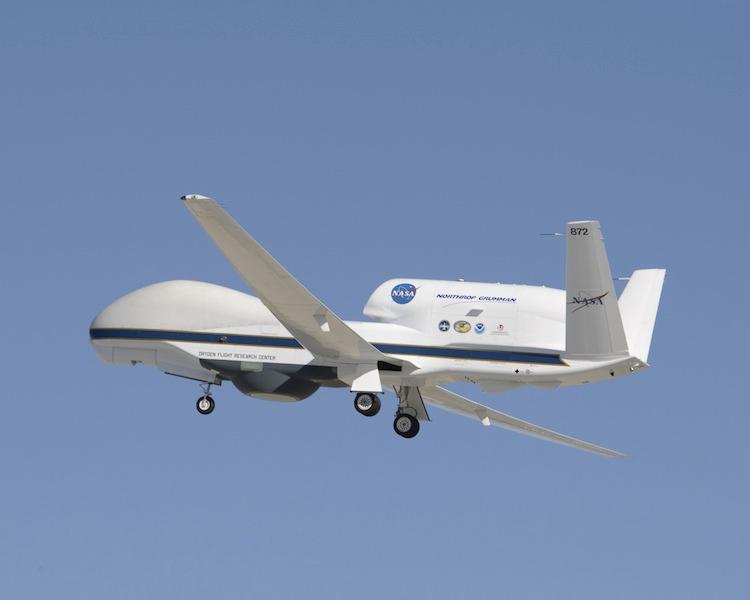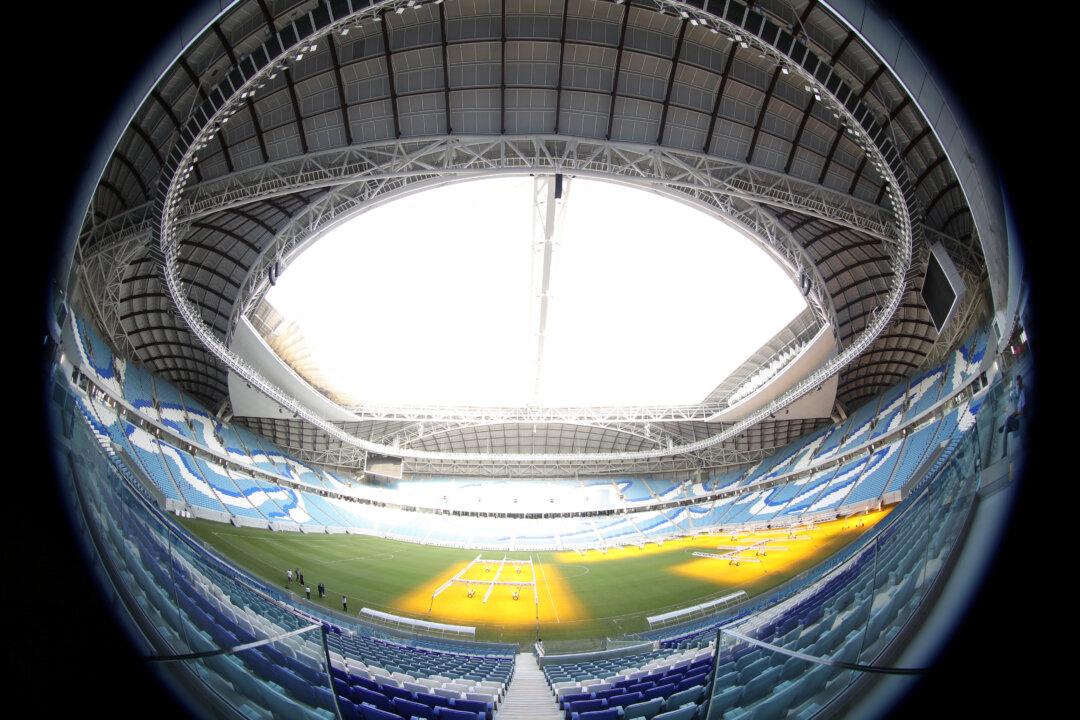Drones, also called unmanned aerial vehicles (UAV), are aircraft without a human operator. They are either remotely controlled or fly autonomously, or both.
The wingspan of an UAV can be smaller than a model airplane or as big as a passenger airplane. Drones carry sensors and cameras for surveillance, while some of them are equipped with lethal munitions.
Pioneered by the Israeli army, drones have been predominately used for military purposes, both for reconnaissance as well as target destruction.
The U.S. military has been is using drones increasingly in its anti-terror efforts, notably in the region of Pakistan’s border with Afghanistan. According to congressional records, the Pentagon’s drone inventory increased 40-fold between 2002 and 2010.
While most media coverage has focused solely on combat drones, UAVs are increasingly used for other, highly useful, purposes.
Here are five non-military uses of drones.
Scientific Research
The National Oceanic and Atmospheric Administration (NOAA), a federal scientific agency under the U.S. Department of Commerce focused on the oceans and atmosphere, has been using drones for scientific research, often in cooperation with NASA (photo above).
The agency praises the machines on its website saying that UAVs will “revolutionize NOAA’s ability to monitor and understand the global environment.”
For the researchers, the advantage of drones is their ability to access remote areas. This allows them to bridge the gap between what satellites and on-land-instruments can do in terms of obtaining data.
In 2007, NOAA sent an UAV into a post-tropical storm. A project on hurricanes in collaboration with NASA is planned in the future, intending to better understand and hence predict storms.
Other drone projects by NOAA include flights across Greenland to research glaciers, flights along the California coast to measure evaporation from the ocean surface, and other missions to collect “presently unattainable” data relevant to climate change, endangered species, fisheries, and coastal zones.






